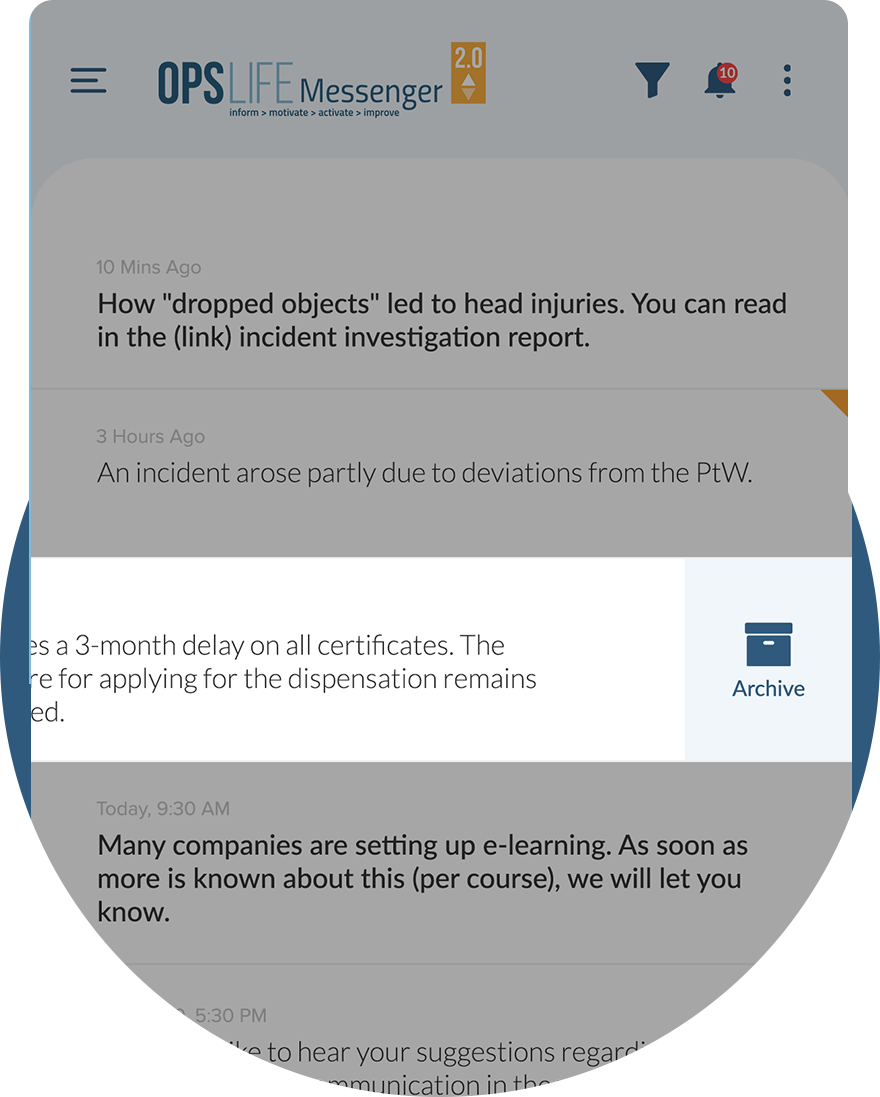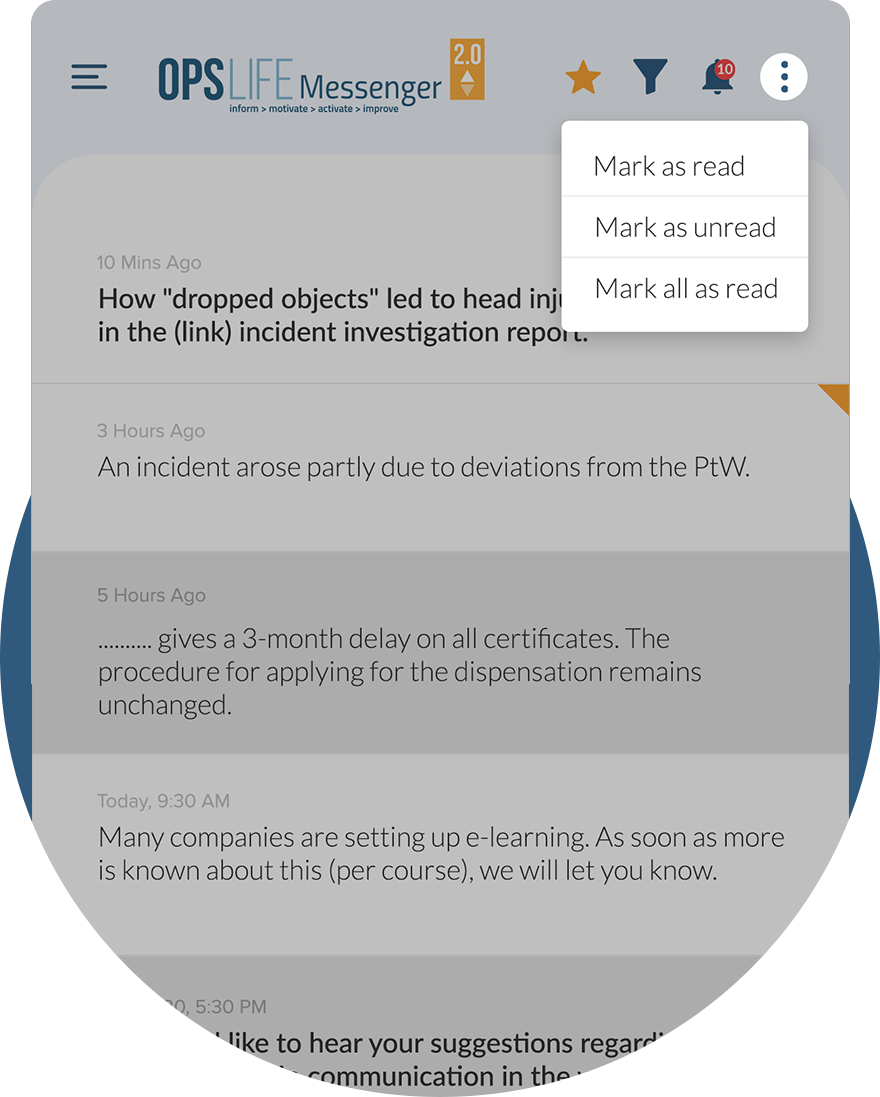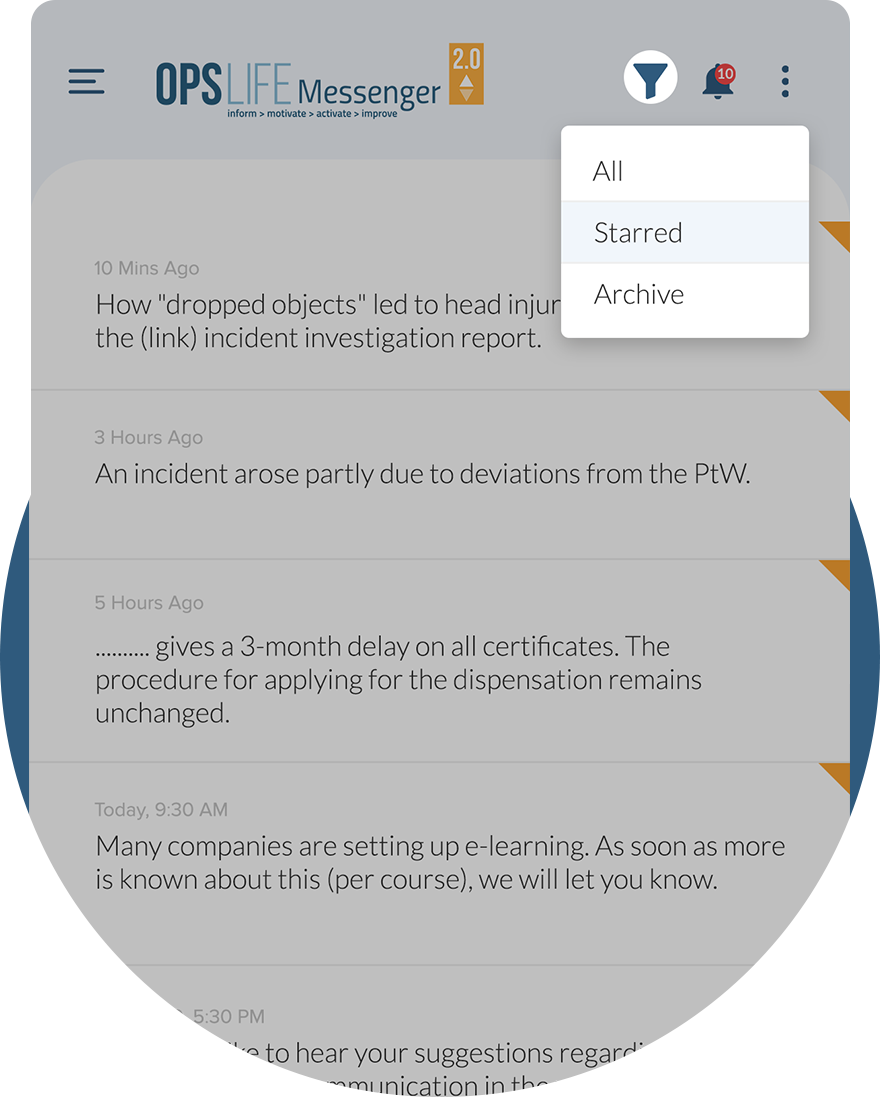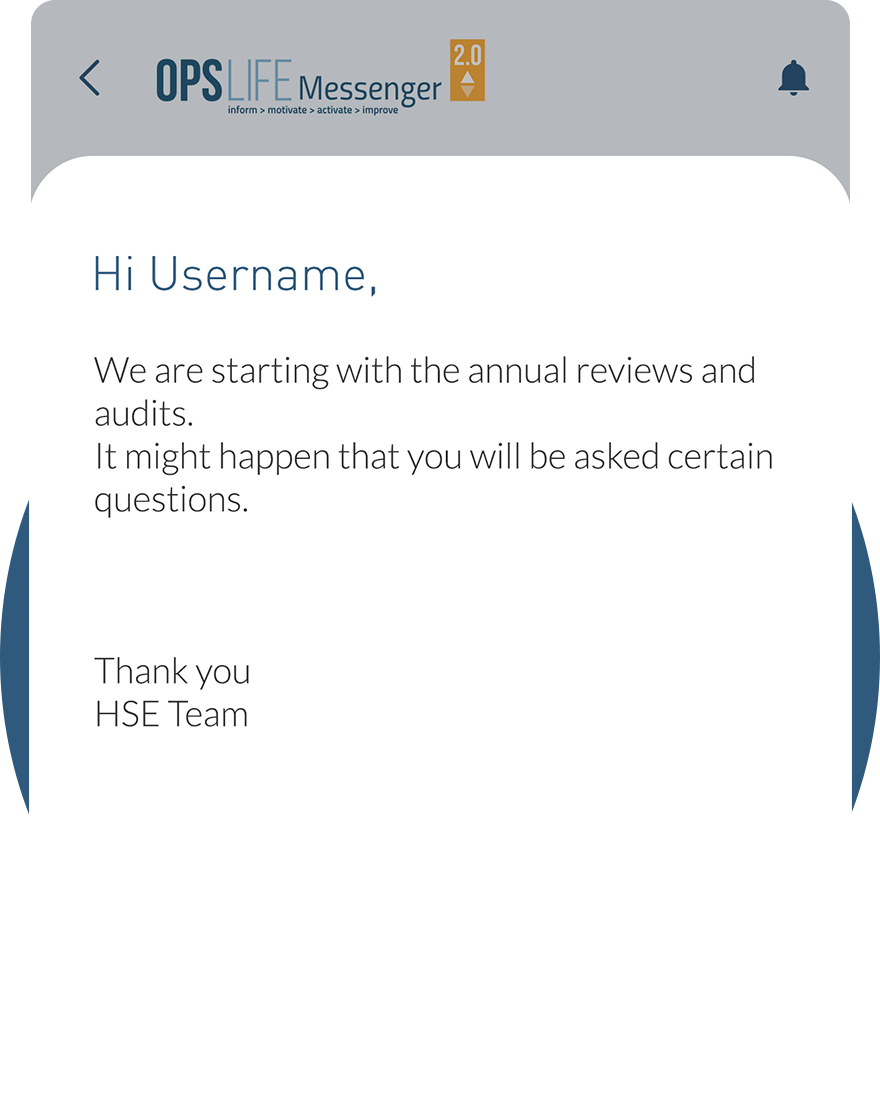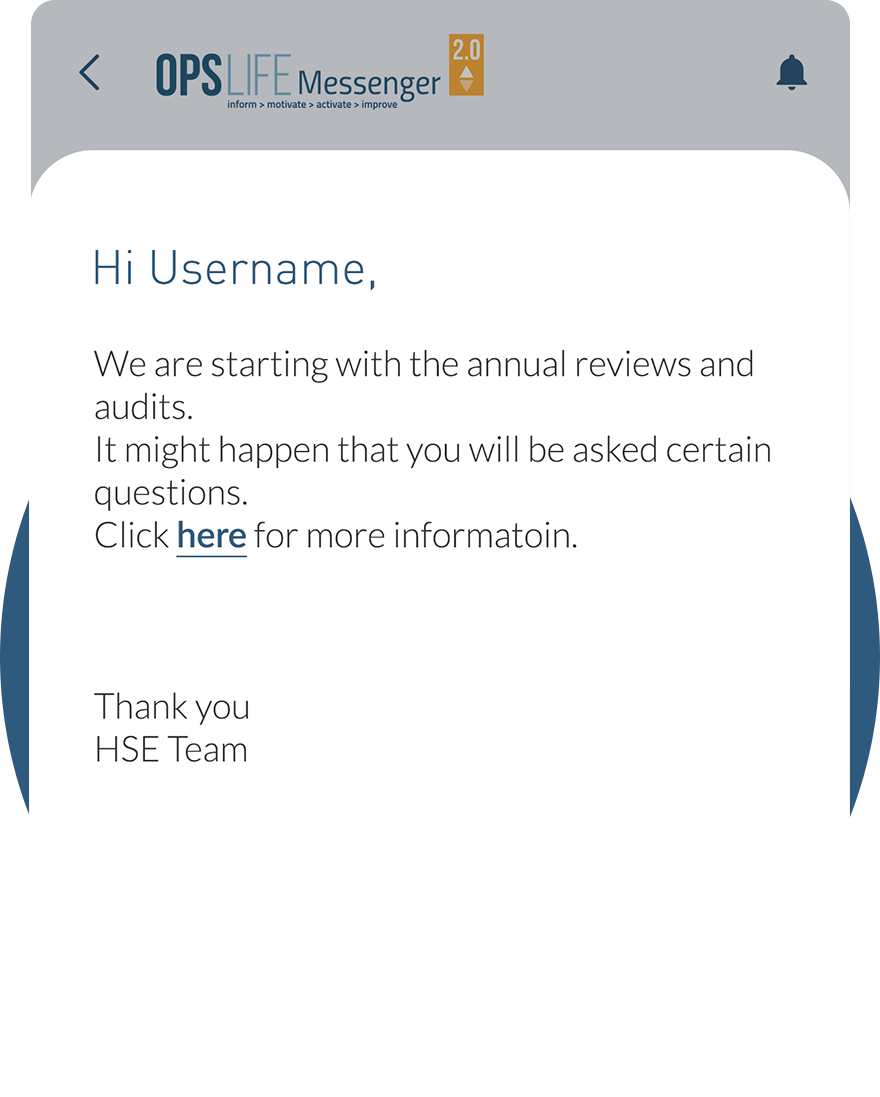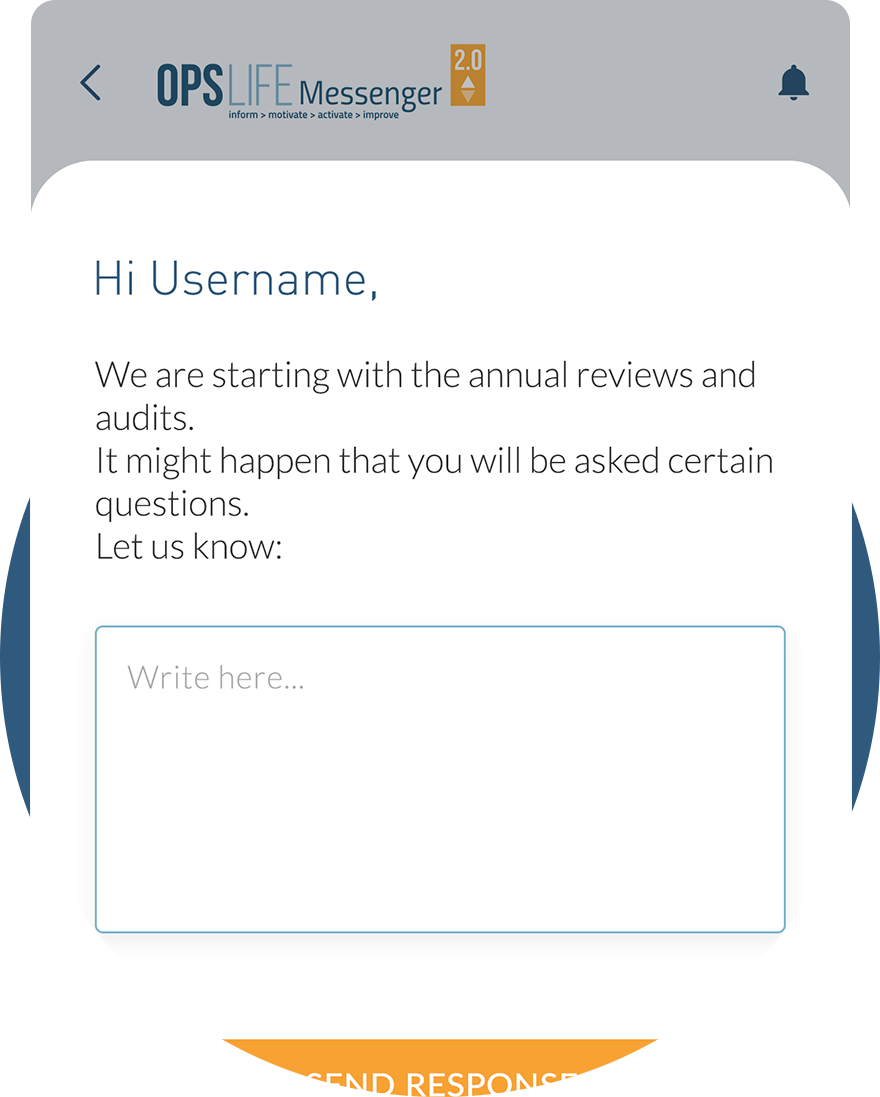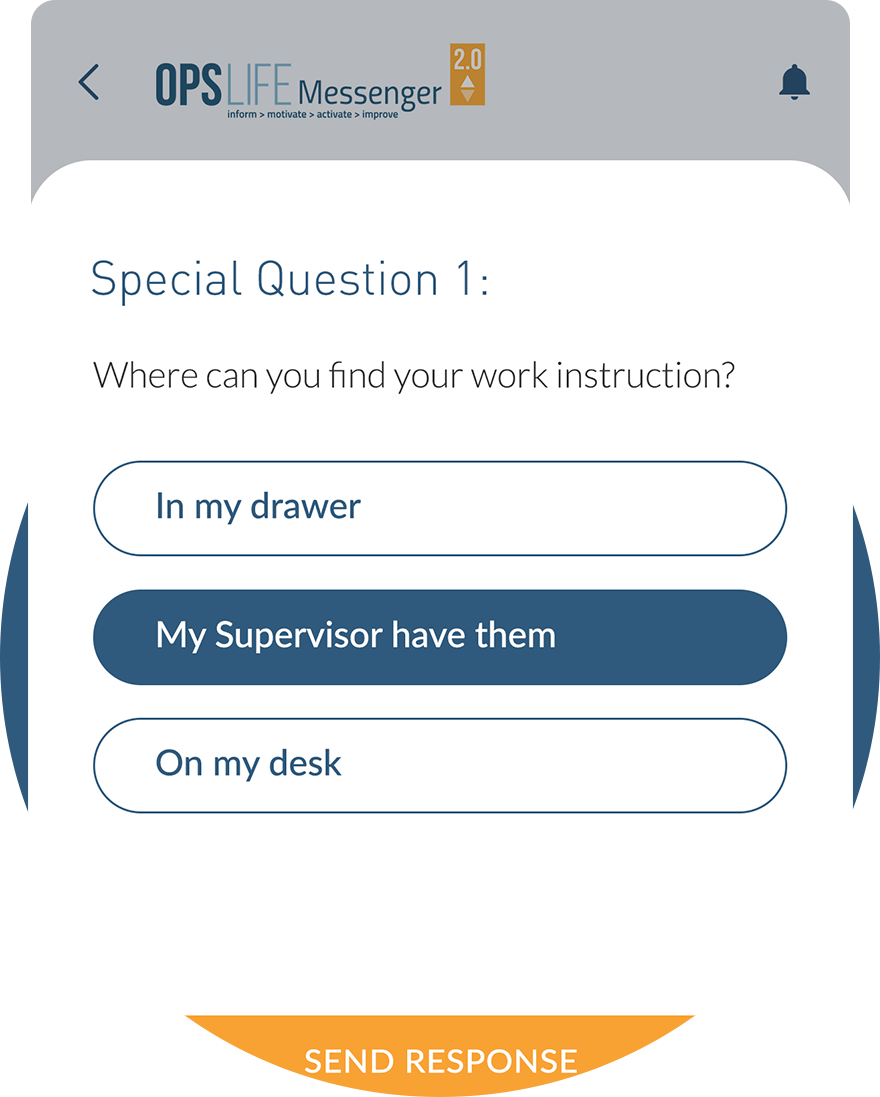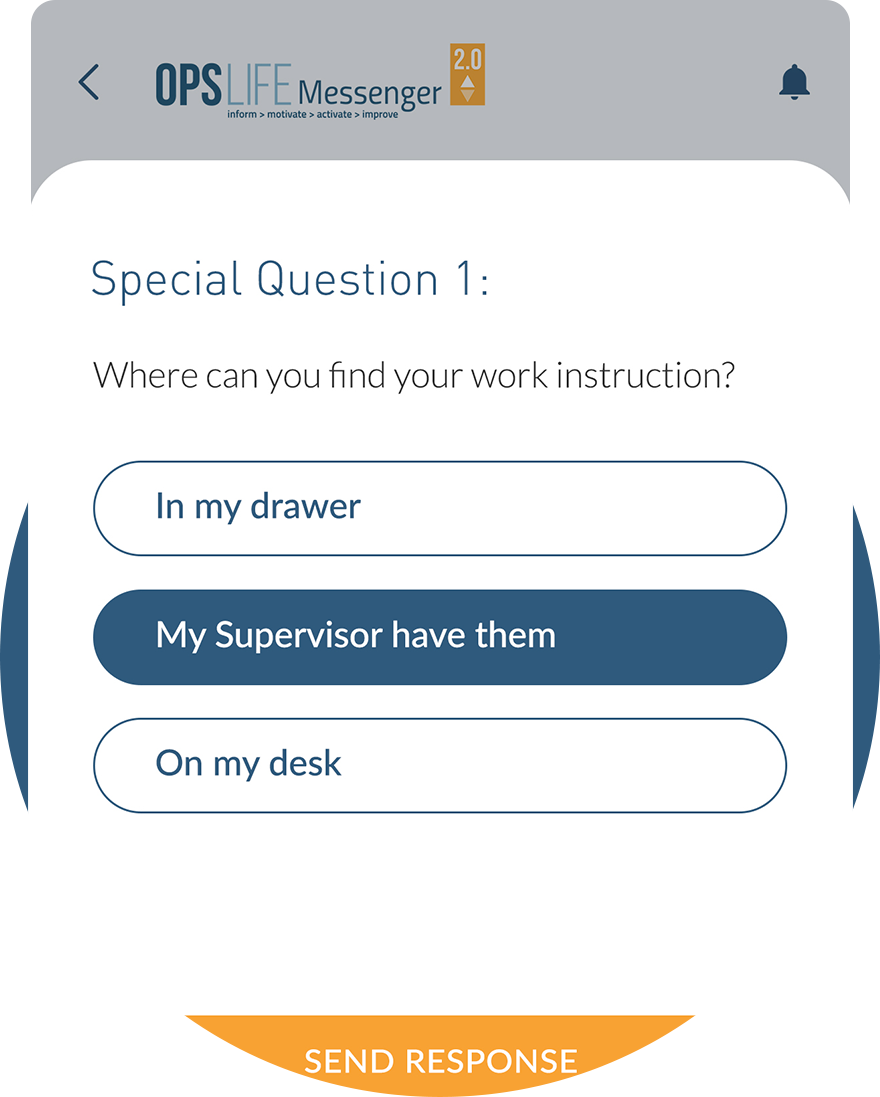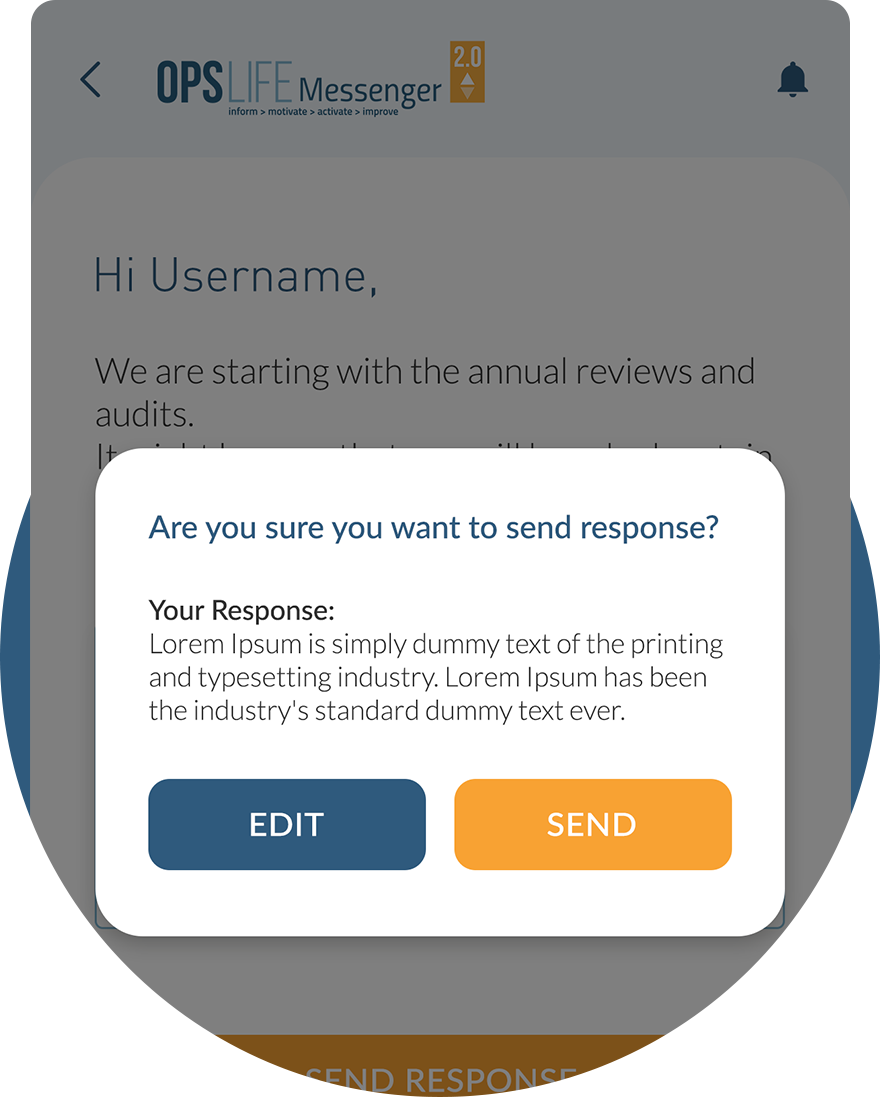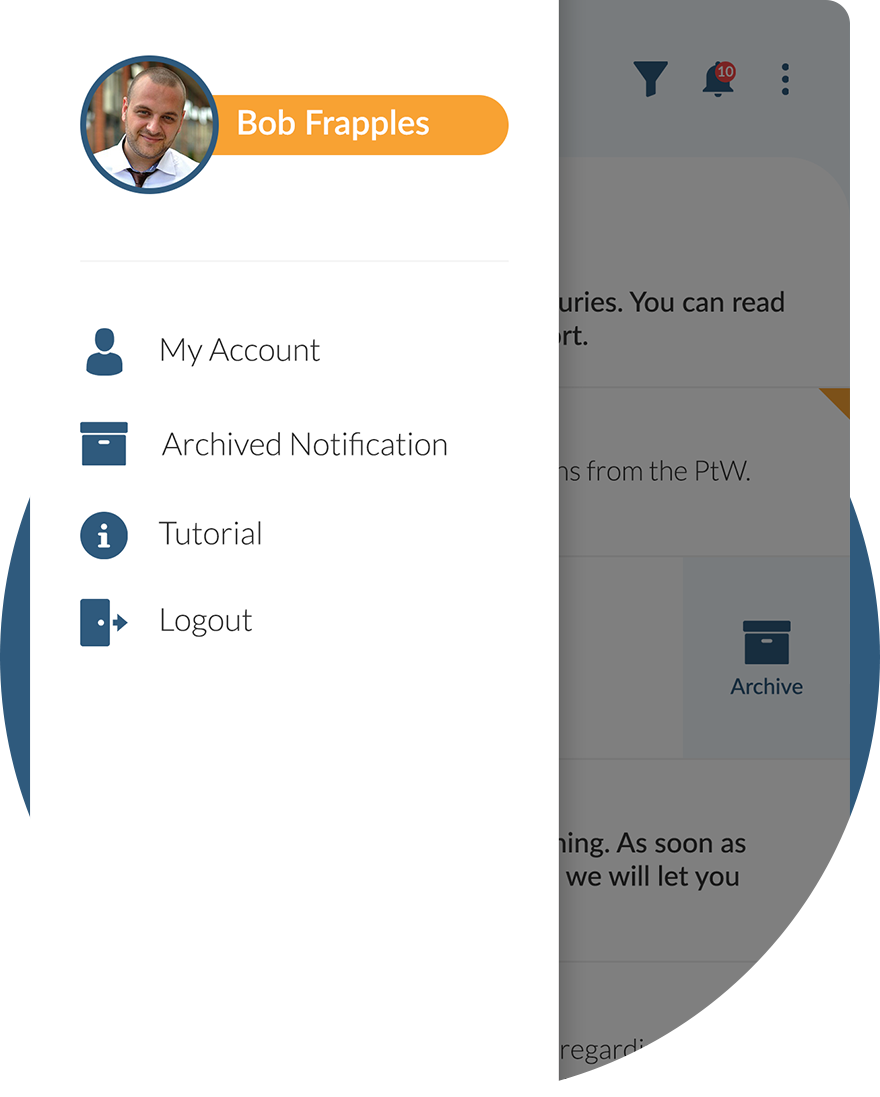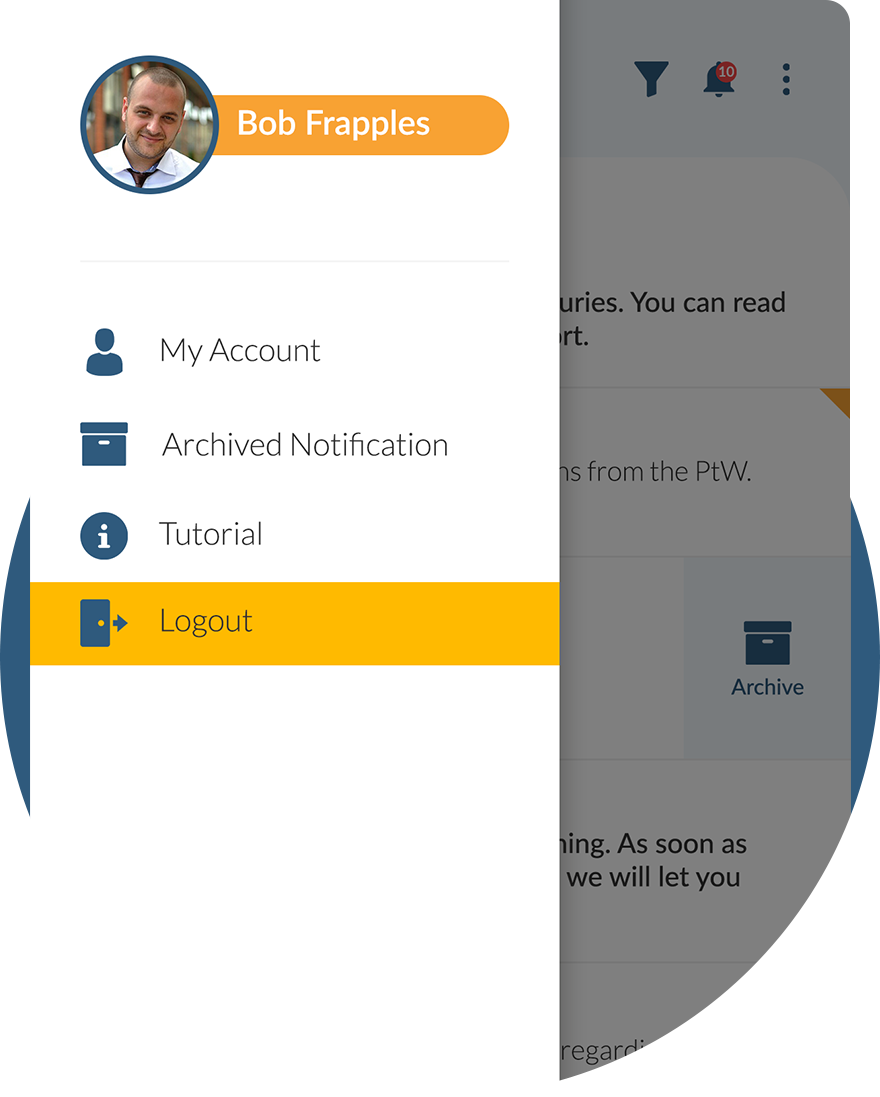Basic HSE information about PPE and set of tools to be used at work.
Personal Protection Equipment
- Workplace Information
- Toolbox Information
- Check Your Knowledge
- Action Focus Campaign
IMPORTANT INFORMATION
- Always wear the required PPE in the correct way.
- Avoid exposure to hazardous substances to eliminate danger or minimize risks.
- Basic equipment and work clothes must be used at all times.
- Wear additional PPE when necessary.
- Ensure that your PPE fits properly.
WHAT IS IT?
Employers have duties concerning the provision and use of Personal Protection Equipment (PPE) at work.
PPE is equipment that will protect you against health or safety risks at work. It can include items such as safety helmets, gloves, eye protection, high-visibility clothing, safety footwear and safety harnesses. It also includes respiratory protective equipment (RPE).
HAZARDS
Even where engineering controls and safe systems of work have been applied, some hazards might remain. These include injuries to:
- the lungs, e.g. from breathing in contaminated air
- the head and feet, e.g. from falling materials
- the eyes, e.g. from flying particles or splashes of corrosive liquids
- the skin, e.g. from contact with corrosive materials
- the body, e.g. from extreme heat or cold
PREVENTION
Making the workplace safe includes providing instructions, procedures, training and supervision to encourage everyone to work safely and responsibly.
PPE is needed in many workplace situations to reduce the risk to health.
Think about:
- using the right replacement parts to match the original, e.g. respirator filters
- ensuring adequate stock of replacement PPE
- who is responsible for maintenance and how it is to be done
- having a supply of appropriate disposable suits for dirty jobs where laundry costs are high, e.g. for visitors requiring protective clothing
PROTECTION
Basic equipment and work clothes must be used at all times. You may have to wear additional PPE, depending on the type of work. Ask your company about what to wear and when wear it. The Permit to Work also states which basic and additional PPE you must wear.
IN CASE OF...
PPE must be properly cared for and stored when not in use, e.g. in a dry, clean cupboard. If it is reusable it must be cleaned and maintained in good condition. You must make proper use of PPE and report its loss, destruction, deterioration or any fault.
If you are not using fully functioning PPE or not using it in a prescribed way you are exposing yourself and your colleagues to increased risks! In case of damaged PPE, stop working and replace it immediately!
Start your daily work with safety!
Onscreen presentation is very useful to use during work preparation or toolbox meetings. It provides short and concrete information. Five questions and answers at the end of presentation can be used to make the meeting more interactive and to give conversation a boost.
Be always prepared for the work!
It is of utmost importance to be well prepared before you start the work.
By clicking on the button below you can check your knowledge about this HSEQ subject.
After completion of the knowledge check, your certificate will be visible in
MY ACCOUNT > My training.
